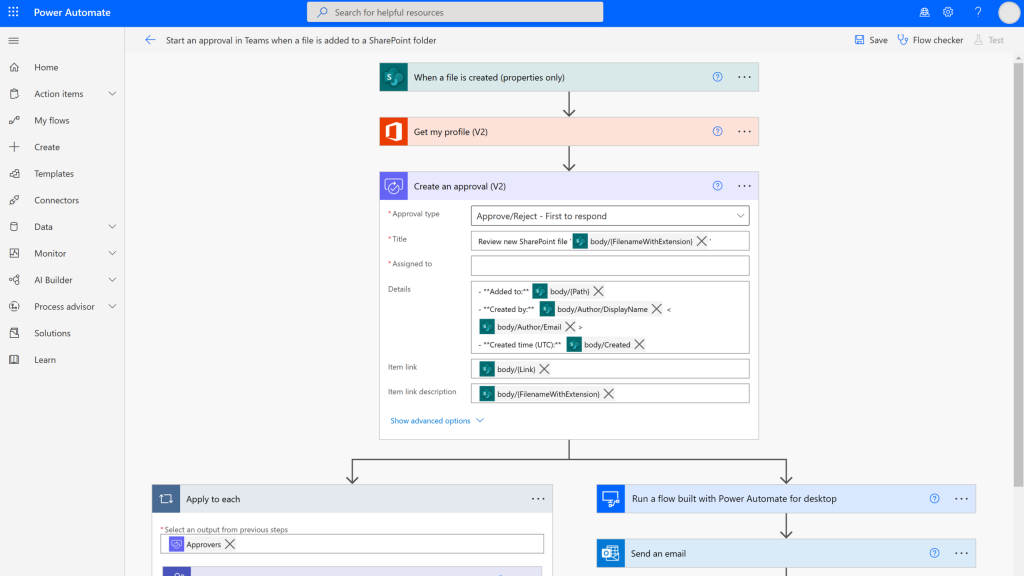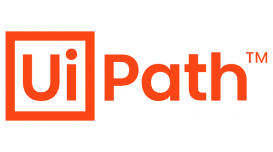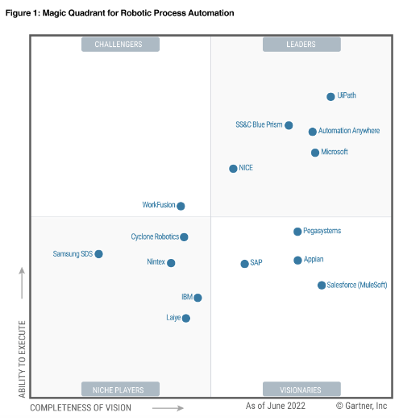RPA
Current situation
- Do you have staff performing repetitive tasks that do not require intelligence?
- Do these tasks consist of copying from one program to another?
- Are you not aware of the money you are losing and the dissatisfaction of your employees?
WRONG
One of the biggest problems in a company is to have your staff working more than 60% of the time on simple, repetitive, expensive tasks that do not require intelligence.
These types of tasks can be as simple as sending reminders by mail, copying from an Excel file to another software (Excel, Access, or other applications), manual copying of billing data or other types of data.
This increases the management time of the tasks for which they have been hired, lowers the productivity of the employee and the company, and increases job dissatisfaction, with the consequent risk of loss of talent.
Solution
Digital Transformation, which has ceased to be a competitive advantage to become a must-have, can be applied in many ways.
One of the most important is to create Robotic Process Automation (RPA). Contrary to what one may think, RPAs are not intended to eliminate jobs, but to improve the quality of that job and increase productivity in the company, avoiding repetitive tasks that are time-consuming and do not add value. Therefore, the person can focus on his/her real tasks, provide added value and, in this way, the company can obtain greater profit and the employee greater satisfaction.
Advantages of using an RPA tool
Time: An RPA never gets tired and always runs at the same (high) speed, 24/7.
Reliability: An RPA, programmed with rules appropriated to the purpose of the process, NEVER MAKES MISTAKES. Therefore, it provides high efficiency and security in the process.
Costs: By letting a process do the repetitive tasks, 24/7, time is saved. By avoiding the repetition of tasks due to making mistakes, time is saved. In short, more can be done in the same amount of time, or the same thing can be done in less time. In any case, an increase in productivity always leads to cost savings.
Security: By having rules and programmed actions, errors are eliminated. In addition, execution leaves a trace that allows it to be monitored automatically.
Execution: RPAs can be executed in two ways:
- ”Attended”: The process is executed on a computer simulating human actions and, while this is happening, the computer cannot be used for anything else. When licenses are required, they are paid per "process".
- “Unattended”: The process runs in the cloud on a separate machine, allowing the user to continue working on his local computer. When licenses are required, they are paid per "duration of the execution"
RPA tools used in Mistral
At Mistral we develop RPAs mainly with two tools, both being excellent options:
Power Automate (and Power desktop)
Power Automate (y Power desktop) (Microsoft): Although they have a small licensing cost (see here), it brings the great advantage of being part of the Microsoft product family, which is so widespread in all companies. It allows to develop RPAs in the cloud whose costs with Office 365 are free and, in addition, it offers a desktop version to develop more complex processes.
Attached is the Gartner Magic Quadrant for RPAs, in its June 2022 version, where you can see both UiPath and Power Automate (Microsoft in the quadrant) in the leading quadrant.
If you think that Mistral can be your partner to accompany you on the road to digital transformation, just contact us; we will be happy to help you to be better.





